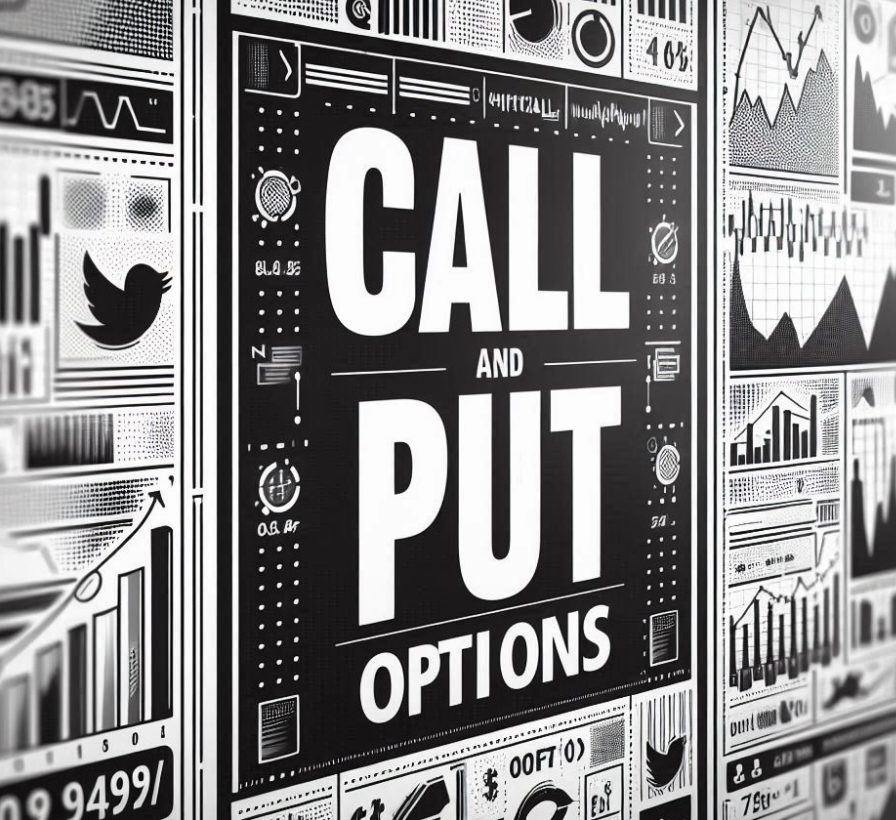
So, what exactly are options in the finance world?
Picture this: You want the right to buy or sell something at a set price within a certain timeframe—without any obligation to follow through. That’s an option for you.
In simple terms, options are contracts that give you this kind of control in the stock market world. They’re a big deal for traders and investors looking to either hedge risks or speculate to make profits.
There’s a bit of financial jargon out there that loves to confuse. Options belong to this grand family known as derivatives. But how do they differ from their cousins? Unlike other derivatives that derive value from volatile futures contracts or currency swaps, options are flexible. They’re like the yoga masters of financial contracts—stretching to meet investment goals while remaining adaptable to market shifts.
Now, let’s break down two main types: call options and put options.
Picture a call option as your way to control 100 shares (called 1 contract) of a stock without having to pony up the entire cost of the 100 shares. You buy this option because you think the company stock will skyrocket. If it does, you can exercise the option to buy stock at a lower price, cashing in on the uptick. If not? No sweat, you just let that option expire. No obligation, no panic.
On the flip side, a put option is like insurance for your stocks. You’re betting the stock’s value is gonna drop. With a put option, you secure the right to sell the stock at a set price, even if the market plays dirty and lowers the value. It’s a safety net for when market waters get choppy.
These financial tools might seem a bit overwhelming at first, but with a clearer understanding, they can be part of a savvy investor’s toolkit. It’s all about playing your cards right—understanding when to hold or fold your options based on market predictions and personal financial goals.
